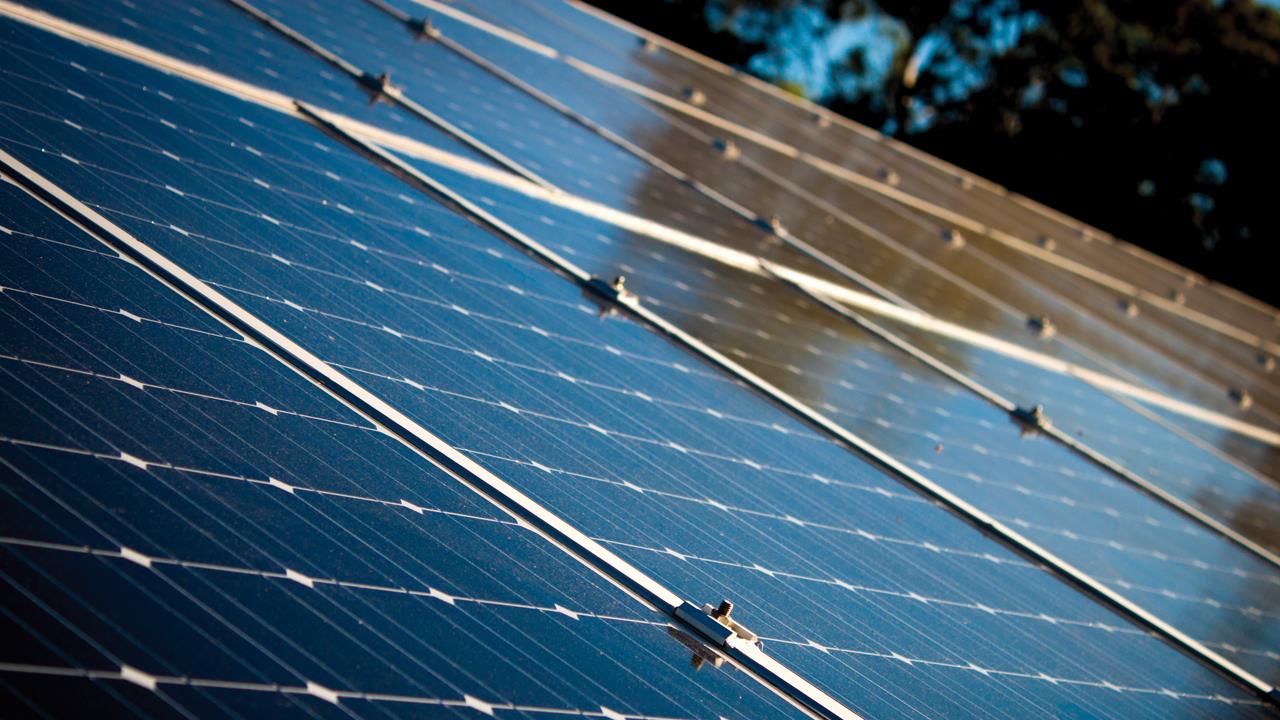

Alex Morgan, Content Writer for TrustATrader, explains how solar-powered air conditioning could be a viable solution for meeting the cooling requirements of the UK market.
Global warming and increasingly frequent heatwaves are fuelling the demand for air conditioning systems. Today, there are around 1.6 billion air conditioning systems globally, and this is expected to soar to 5.6 billion by 2050. The energy they will consume is equivalent to China’s total electricity consumption and is set to raise the temperature of major cities by several degrees, further increasing the demand for air conditioning in a never-ending spiral.
So, is solar-powered air conditioning the solution? Early developments in solar-powered cooling began in the 1960s with the realisation that flat plate solar collectors can provide heat during the winter months and cooling during the summer. Of course, there have been many technical improvements since then.
Recently, the most promising solar air conditioning systems are lithium bromide and water-based absorption coolers. But the real question is why, if the technology delivers what it promises, so little progress has been made in the last 50 years. Why aren’t we seeing this technology replacing power-hungry conventional coolers?
The reason for this is their cost. Electricity from the grid is relatively cheap, so using mains power is less costly than investing in solar thermal collectors and other expensive components necessary for a solar powered cooler. Even if we combine it with solar heating, the payback period, which is typically 10 years, is usually considered to be uneconomic. However, the indications are that the situation is now changing.
As mentioned earlier, the air conditioning market is booming. This is down to several factors which include the increasing wealth in countries such as China and the increasing popularity of domestic air conditioners in Europe. However, so far, in countries that have access to a grid, only a small percentage of new air conditioning systems are solar powered.
Yet, in some regions, particularly the Middle East, Spain, and Italy, the demand is increasing significantly, but it is clear that future markets for solar cooling will depend largely on the future price of electricity.
In the UK, the total air conditioning and ventilation market is currently worth £1.2 billion, with air conditioning accounting for at least half of this. Driven by revised health and safety, energy efficiency, environmental, and building regulations, we are seeing considerable innovation and development within the industry, the main focus being on energy efficiency. We expect future market growth of 5% per annum.
While the UK doesn’t receive as much solar radiation as in some sunnier climes, it does, in fact, receive 60% as much solar radiation as at the equator and, in some southern regions, the country receives an equivalent amount to Germany. We would argue that the scene is set for increased demand for solar cooling in the UK, with electricity prices and environmental concerns being the main drivers.
Electricity generated from low carbon sources is significantly more expensive than from fossil fuels, and the rising costs will be reflected in increasing energy prices. While the impact increasing prices can be offset to some extent by improved efficiencies, there is little doubt that electricity will become more expensive in the future. While estimates vary considerably, some are suggesting future price inflation for energy of over 5% a year.
Other factors that could increase the demand for solar-powered cooling include various governments and commercial initiatives that are targeting solar air conditioning directly as a way of reducing carbon emissions. New and improved domestic and commercial solar cooling systems are also coming to market at significantly lower costs.
The demand for solar air conditioning will be driven mainly by increasing energy prices which may well halve the current payback time of around 10 years. The beauty of solar air conditioning is that, despite higher capital costs, running and maintenance costs are very much lower than conventional systems.
If you'd like to keep up-to-date with the latest developments in the heating and plumbing industry, why not subscribe to our weekly newsletters? Just click the button below and you can ensure all the latest industry news and new product information lands in your inbox every week.